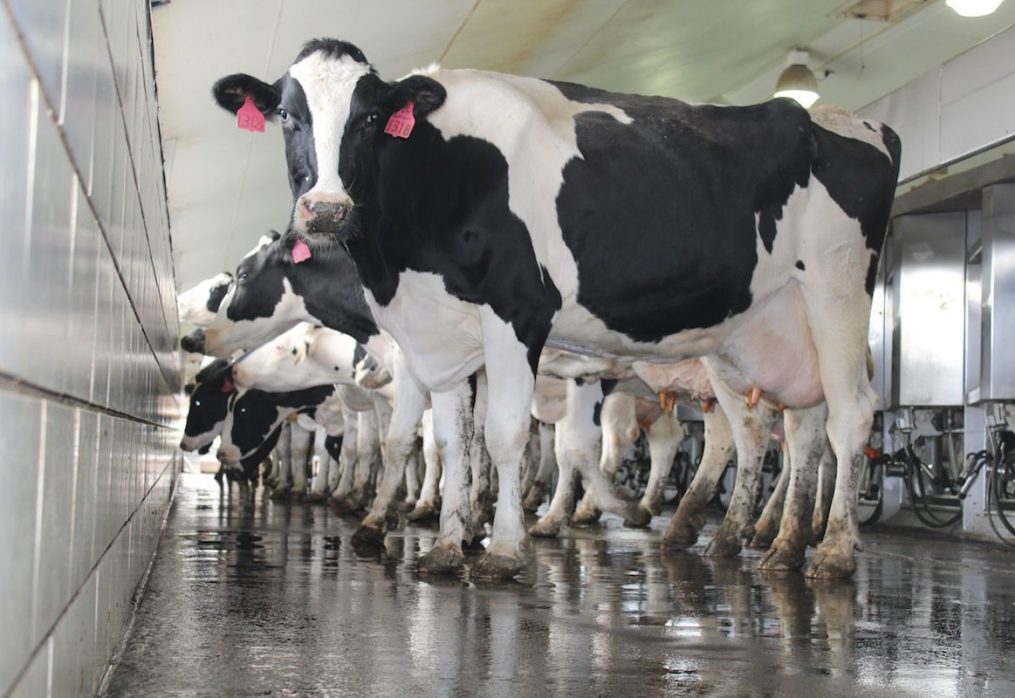Tips to Enhance Milk Production in Your Dairy Cows
If you’re a dairy farmer aiming to increase milk production in your cows, it’s crucial to understand that proper care and feeding are essential. Just like a maize mill or any other factory, a dairy cow’s productivity is influenced by the inputs it receives. This article provides valuable insights on how to optimize milk production in your dairy cows, focusing on feeding, molasses, comfort, water, disease control, and breeds.
1) Feeding:
To boost milk production, it is recommended to feed dairy cows with dry matter such as hay or silage instead of green or fresh grass. The rumen, the cow’s specialized digestive organ, relies on the fermentation process to break down fibrous feeds effectively. By providing hay or silage, which are already fermented outside the rumen, digestion becomes easier and faster.
Including legumes in the silage or hay is beneficial as they provide essential proteins, a crucial component for milk production. Another feeding practice to consider is the Total Mix Ratio (TMR), a feed mixture consisting of silage, hay, dairy concentrates, and grains. TMR offers a balanced diet that fulfills the nutritional requirements of dairy cows, consequently increasing milk output.
2) Molasses:
Dairy cows require ample energy for movement and milk production. Feeding them molasses is an effective way to provide this energy boost. Molasses, a sugary substance, is rich in glucose, which serves as an energy source for cows. It can be mixed with hay or silage or fed exclusively to the cows.
Additionally, livestock microbes play a crucial role in improving digestion. These microbes stimulate the growth of bacterial populations in the rumen, which produce enzymes that aid in the breakdown of fibrous feeds. Particularly during dry seasons when fibrous feeds like elephant grass become prevalent, the presence of these microbes is essential for maximizing milk production.
3) Comfort:
Comfortable living conditions directly impact the health and productivity of cows. Creating an environment that prioritizes their comfort is vital. Ensure that the resting surface is soft and clean, providing cows with sound footing. They should be able to move naturally, stand, and lie down comfortably.
Maintaining cleanliness is crucial, so cows should be kept in a clean area with ample space. Providing suitable sleeping facilities is important as well. If cows are uncomfortable, they will be restless, continuously seeking a more comfortable spot to rest. These unnecessary movements consume energy that could otherwise be utilized for milk production.
4) Water:
Adequate clean water is essential for high milk production. Since nearly 90% of milk is composed of water, it is crucial to provide dairy cows with a sufficient water supply. Animal husbandry experts recommend locating the water source within a five-meter radius of where the animals are kept. If the water source is far away, cows will have to travel long distances, depleting energy that could be used for milk production. As a general guideline, for every five liters of water a cow drinks, it should produce at least one liter of milk.
5) Disease Control and Breeds:
Disease control plays a significant role in maximizing milk production. Implement effective measures to prevent and manage diseases among your dairy cows. An unhealthy cow will have decreased appetite and will not be able to produce sufficient milk. Regular veterinary check-ups, vaccinations, and proper hygiene practices are essential for maintaining a healthy herd.
Furthermore, it is crucial to select appropriate breeds for dairy farming. Understanding the characteristics of different breeds is important to ensure that you choose the right one for your dairy operations. For instance, breeds such as Friesian and Jersey are well-known for their high milk-producing capabilities, making them suitable choices for dairy farming.
By implementing these strategies, you can optimize milk production in your dairy cows. Prioritize proper feeding practices, provide molasses for energy, create a comfortable environment, ensure access to clean water, implement disease control measures, and choose the right breeds. These steps will contribute to healthier, more productive cows and ultimately increase your dairy farm’s success.
